
When you plug in a USB flash drive, external hard drive, or other peripheral, and suddenly get the error message "Unknown USB Device (Device Descriptor Request Failed)", what's going on? This issue is usually caused by driver errors, loose connections, or system settings. Fortunately, in most cases, you can fix it yourself. Let's go through the solutions step by step!
Step 1: Check the Physical Connection and USB Ports
Possible Cause: Loose USB ports, poor contact, or insufficient power supply.
What to Do:
Replug the device: Unplug the USB device, clean any dust from the port, and plug it back in securely.
Try a different USB port: If you're using a desktop PC, plug the device into a rear USB port (which usually provides more stable power). If you're on a laptop, try different ports.
Avoid using USB hubs or extension cables: Some low-quality extension cables can cause signal loss. Always test by plugging the device directly into the computer's original USB port.
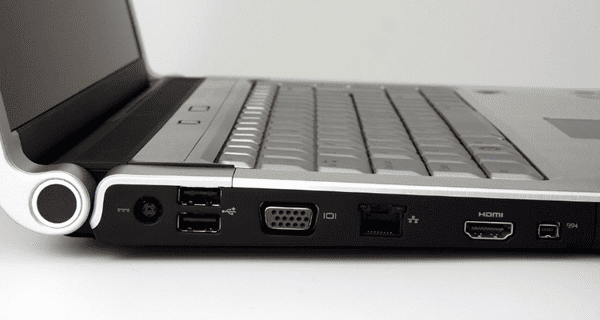
Step 2: Update or Reinstall USB Drivers
Possible Cause: Corrupt, outdated, or incompatible drivers.
What to Do:
Use Driver Sentry (or similar software) – This tool can scan your computer, detect driver issues, and automatically install the latest official drivers, preventing errors caused by manual downloads.
How to update drivers:
1. Open Driver Sentry and click Scan to check your computer's driver status.
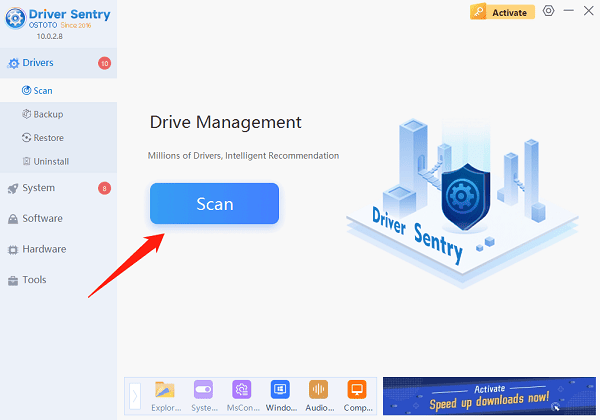
2. If any driver updates are needed, click Repair Now and wait for the process to complete.
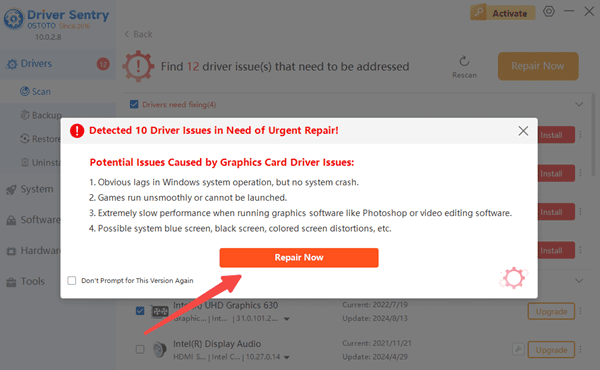
Step 3: Uninstall the Unknown Device and Force a Refresh
When to Use: If incorrect system configurations are preventing device recognition.
What to Do:
1. Right-click the Start menu → Select Device Manager.
2. In Device Manager, right-click the unknown USB device → Select Uninstall Device. If an option to remove the driver software appears, check the box.
3. Go to the Action menu at the top → Click Scan for hardware changes, then reinsert the USB device and check if it's recognized.
Step 4: Disable USB Selective Suspend (Power-Saving Interference)
Possible Cause: Windows may automatically disable the USB controller to save power.
What to Do:
1. Press Win + S, search for Control Panel, and open it.
2. Select Power Options → Click Change plan settings for the current power plan.
3. Click Change advanced power settings.
4. Expand USB settings → USB selective suspend setting, and set it to Disabled.
5. Click OK to save changes.
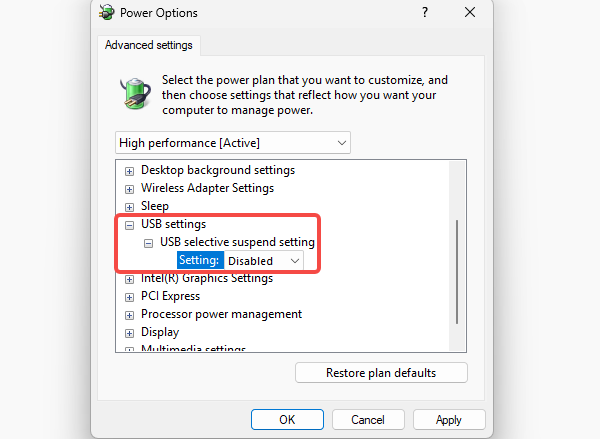
Step 5: Reset USB Root Hub and Restart System Services
Advanced Troubleshooting: Fix deeper system configuration issues.
Reset USB Root Hub:
1. Open Device Manager and expand Universal Serial Bus controllers.
2. Right-click each USB Root Hub → Select Properties → Go to the Power Management tab.
3. Uncheck "Allow the computer to turn off this device to save power".
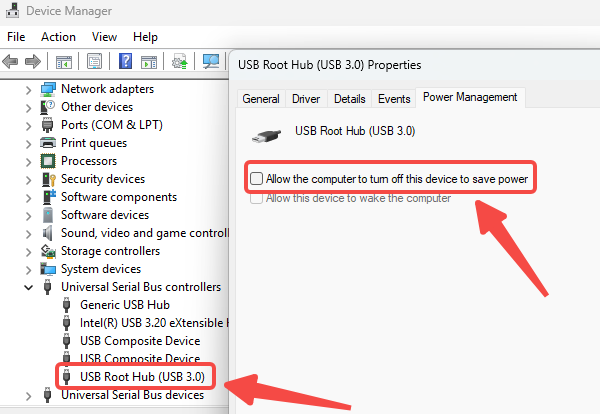
Restart the Plug and Play Service:
1. Press Win + R, type services.msc, and hit Enter.
2. Find Plug and Play in the list, right-click, and select Restart.
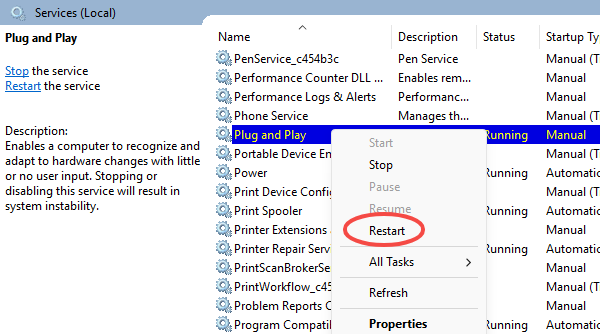
Step 6: Check for Hardware Issues
If none of the above methods work, there may be a hardware problem.
How to Test:
Try a different computer: Plug the USB device into another computer. If it works, the issue is with your PC.
Test with another USB device: Plug a different working USB device into your computer. If the error still appears, your USB ports may be damaged (this may require motherboard repair or a replacement port).
Inspect for physical damage: Check if the USB connector is bent, short-circuited, or dirty. Clean the metal contacts with an alcohol wipe.
We hope this guide helps you fix the issue! To prevent similar problems in the future, regularly update your drivers with Driver Sentry to keep your system running smoothly.
See also:
Top 10 Ways to Fix Computer Sound Issues
How to Fix Wireless Network Disconnecting Issue
Easy Ways to Fix Missing Wireless Adapter in Windows 10
7 Ways to Fix High Latency and Slow Speed on Your Computer